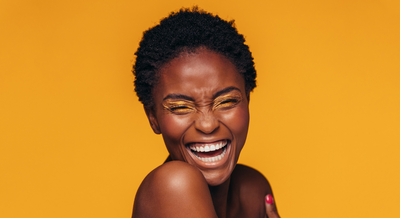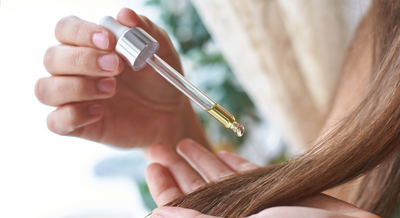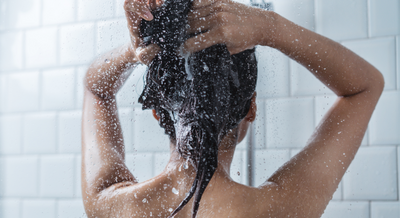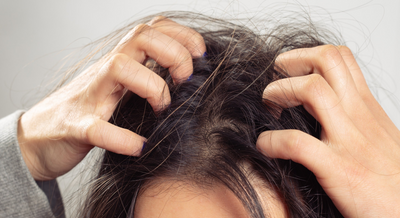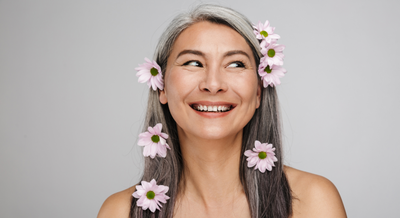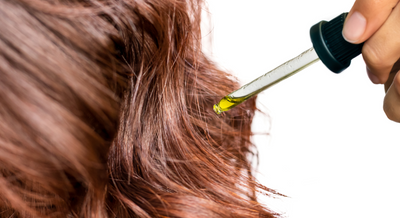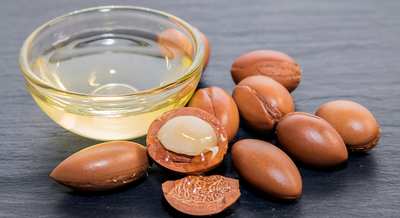For all the time, money, and emotional investment that goes into a hair color change, it makes sense that we go above and beyond to maintain and preserve our new hair color to make it last as long as possible. However, despite our best efforts, it’s all too common for colored hair to gradually shift color tones and deviate from the color we had envisioned. Brassy hair, as this phenomenon is most commonly known, is when colored hair begins to take on warm color tones such as yellow, orange, or red. While color tone shifts can range from minimal to maximum brassiness, any degree of brassy hair can feel like a devastating blow to those of us who take pride in the appearance of our hair color.
Fortunately, while this issue is incredibly common with colored hair, it is also extremely easy to treat and prevent, so long as you follow the correct steps. Read our guide below to prevent your colored hair from turning brassy, as well as a treatment plan on what to do once you find yourself face-to-face with brassy hair tones!
What Causes Brassy Hair
When coloring your hair, your hair colorist utilizes a number of chemical treatments and complicated techniques in order to properly change your hair color. Changing the color of your hair is a lot more difficult than it sounds, as your hair is naturally saturated with specific color pigments. Depending on the intended dye color, a great deal of work is required to remove or dilute your natural pigment, which is then replaced by the intended dye, which saturates the hair and ideally holds for an extended period of time. Unfortunately, several factors can cause this color to shift tones and ruin these oftentimes expensive color treatments.
Natural Undertones
When our colored hair takes on a brassy color tone, what is happening is that our natural undertones are beginning to show though our color treatment. Blonde or grey hair has a naturally yellow undertone, while brown hair takes on an orange undertone and brunette or dark hair takes on a red undertone. Normally, these undertones hide under the surface behind our natural hair color. However, when a hair colorist bleaches the hair and removes that natural pigment, the undertones become exposed and make themselves apparent. While color dye is used to hide these undertones, any loss of this dye will make the undertones appear in the hair. Hence, this explains why those with naturally blonde hair notice yellow patches of brassiness, while brunettes notice reddish patches. The easiest way to avoid this is to ensure you choose a hair color that isn’t too light or dark in comparison to your natural undertones, which will make any brassiness less noticeable.
Excessive Sun Exposure
It’s no secret that the sun’s UV rays can have a damaging effect on the health of our hair. Even in untreated hair, UV rays can degrade the hair structure and induce dryness. In treated hair, this degree of exposure is even greater, and the hair’s cuticle layer can become degraded and leech out hair pigment. Aside from limiting direct sun exposure to the hair, include an SPF product designed for hair use, such as a hair sunscreen or a hair product with natural SPF ingredients such as coconut oil.
Chlorine
While we all love a good swim during the hot summer, chlorine can be one of the worst offenders when it comes to tarnishing our color treatments and causing brassy hair. Like UV rays from the sun, chlorine is extremely drying and damaging to the cuticle, and excess exposure can rapidly strip the hair of its color. When combined with the effects of the UV rays on a sunny day at the pool, the results can be devastating. Make sure to avoid spending too much time underwater in a chlorinated pool, and make sure to moisturize the hair heavily before and after swimming with a hair oil or serum. Additionally, make sure to immediately wash the hair to remove any chlorine and follow-up with a mask or leave-in conditioner.
Harsh Heat Styling
When we style our hair with heated styling tools like a blow-dryer or flat iron, we run the risk of raising the cuticle layer and depleting the hair of the hard-earned hair color. Limit the amount of exposure to heat styling tools on your hair, and make sure to utilize tools that are designed with infrared and ionic technology. Additionally, make use of a heat protectant prior to styling your hair, as it will limit any heat damage and add a degree of moisture.
Excessive Hair Washing
When it comes to color treated hair, too much shampoo is a big no-no! There’s a reason that newly colored hair can’t be washed within the first 72 hours, as hair washing is an inherently damaging activity that can degrade the cuticle layer. Even after the first 72 hours, you’ll want to wash the hair as little as possible, and make sure to use a gentle shampoo that lacks harsh ingredients like sulfates.
Treating Brassy Hair
Once you notice your hair has become brassy, all is not lost! There are still a number of steps you can take to mitigate the brassiness and keep your hair color looking as consistent as possible.
Utilize Colored Shampoo and Conditioner
Thankfully, there are a number of hair care products that are formulated to deposit dye into the hair that most closely matches your color treatment. Additionally, there’s a wide range of products with colors such as purple, blue, and green that specifically neutralize the brassy color tones. For example, green is the opposite color of red on the color wheel and applying a green tone to the hair will help to neutralize any red tones that are peeking through.
Gloss or Toner
Another option is something that your hair stylist can administer to you a few weeks after getting your hair colored. A lightweight gloss or toner can help to both lock in your color treatment as well as mitigate any color brassiness that may be occurring. Even without having brassy hair, a gloss or toner is an excellent option for brassy hair prevention and extending the lifespan of your treatment.


